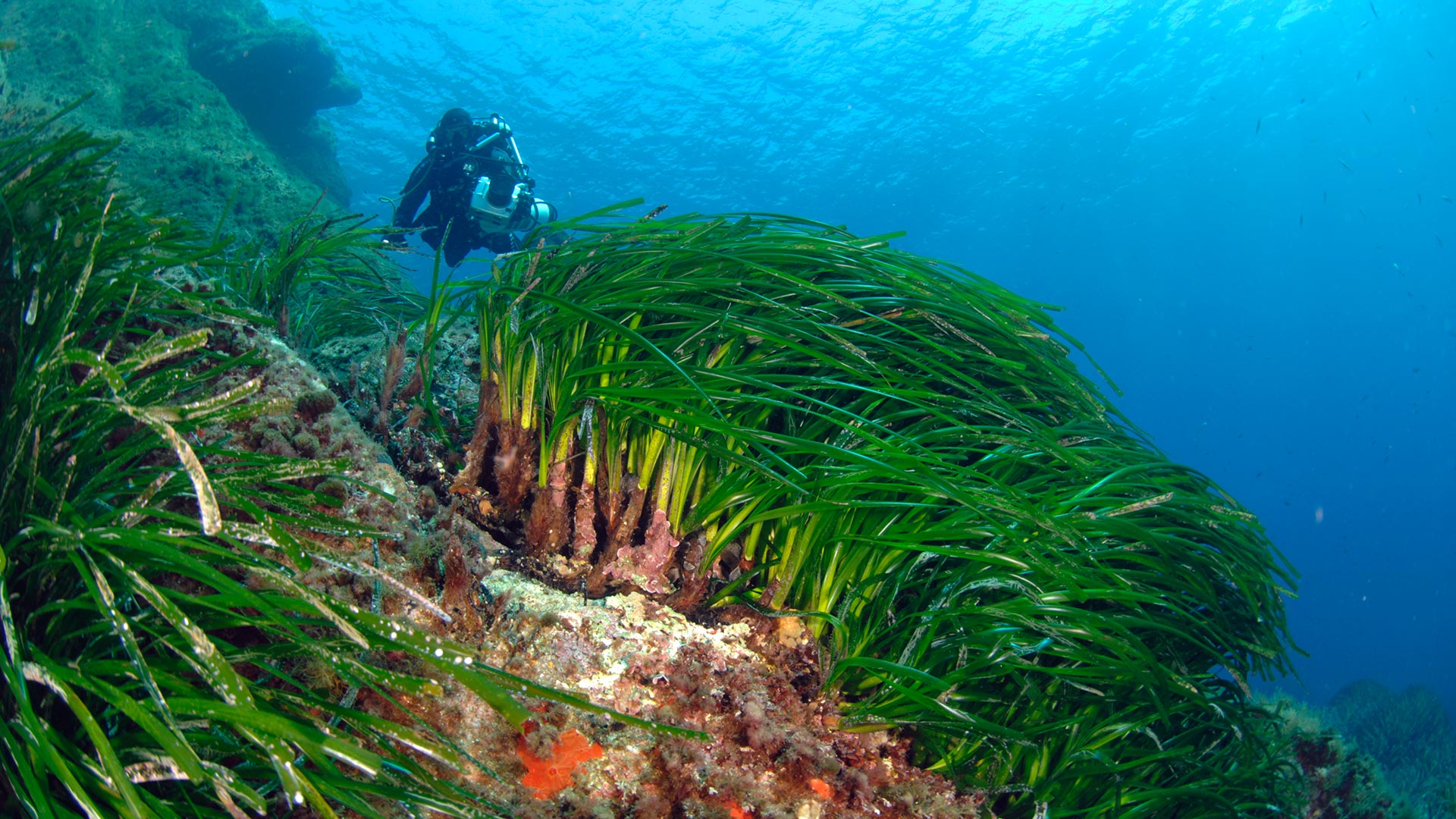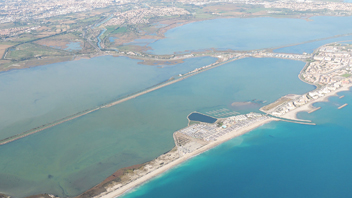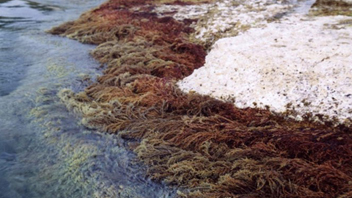
MONITORING THE QUALITY OF COASTAL WATERS IN THE FRENCH MEDITERRANEAN
The implementation of the monitoring networks of the Water Framework Directive (WFD) has allowed the acquisition of numerous data on biology and chemistry.
➞ More information on the WFD networks on https://www.rhone-mediterranee.eaufrance.fr/
The data concerning biology relate to phytoplankton, macro-algae, soft substrate benthos, the Posidonia meadow as well as the physico-chemistry of the water which constitutes a supporting parameter for biology. They constitute the descriptors of the ecological status. The status of the water mass is given by the status of the most degraded descriptor.
The data concerning chemistry (metallic, organic and pesticide contaminants) come from the RINBIO (mussel caging) and PEPS (passive samplers) networks. They are compared to the Environmental Quality Standards (EQS) to establish the chemical status. If only one molecule is above the EQS, the chemical status of the water body is degraded.
According to European obligations, the ecological status is established using the descriptors macro-algae, phytoplankton, soft substrate benthos and posidonia. The chemical status is established for 41 substances (33 priority substances and 8 hazardous substances). Unlike the ecological status, it has only two classes, compliance or non-compliance with the NQE.
➞ The status of coastal waters is updated every 3 years under the WFD. These networks are operated by Ifremer, Andromède Océanologie, MIO and STARESO.
Maps of chemical status, ecological status and general status, as well as ecological descriptors (hydrology, phytoplankton, posidonia, macro-algae, benthos) of water bodies are visible for the years 2006 to 2018 on the platform. You can consult them directly by pressing the button “Access to maps” just below.
Contact : Pierre Boissery (Pierre.BOISSERY@eaurmc.fr)
Project Leader : Agence de l’eau Rhône-Méditerranée et Corse – https://www.rhone-mediterranee.eaufrance.fr/
Update frequency : Every three years under the WFD
Partners : Rhone Mediterranean and Corsica Water Agency, IFREMER, Andromeda Oceanology, STARESO
Study reports





